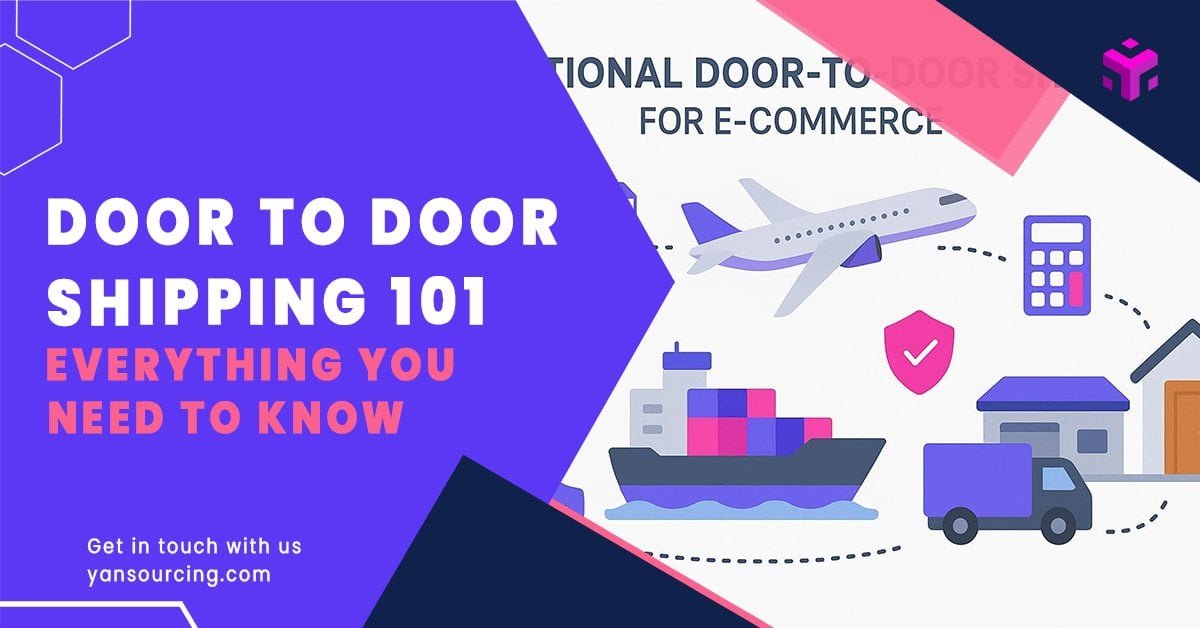
If you’ve heard “door-to-door” and thought, “Great, I won’t have to do anything,” you’re not alone. Don’t worry—this is a super common assumption. The truth is, door-to-door is doable and can be smooth, but a few responsibilities still sit with you, especially around customs compliance and documents.
The good news: once you understand the basics, you can avoid most surprises and keep your shipments moving.
In this guide, we’ll explain what door-to-door really includes, how DDP and DAP differ in plain English, when FOB might be smarter, what hidden costs to expect, and how to prepare your documents so customs (and Amazon FBA or your 3PL) say “yes” the first time.
What “door-to-door” really means (and why DDP vs. DAP matters)
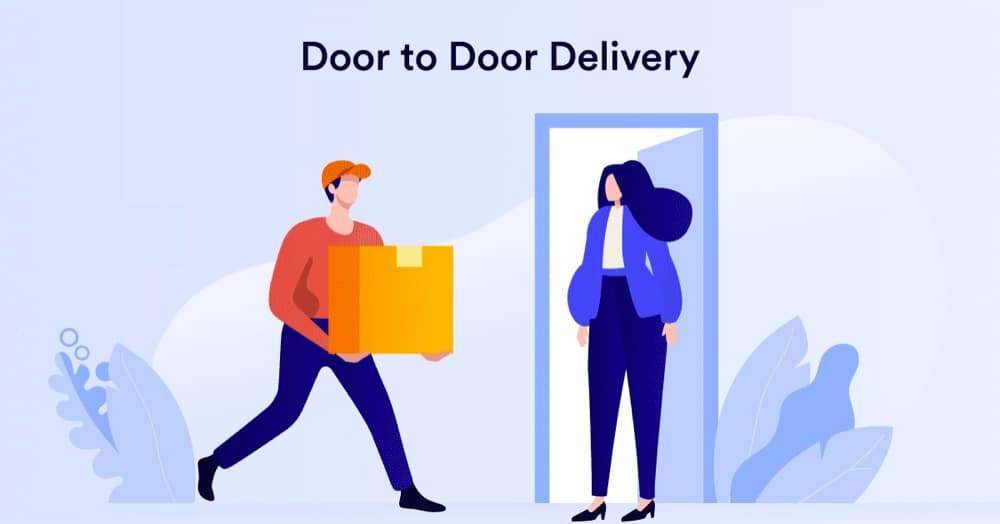
“Door-to-door” describes the end-to-end logistics journey from your supplier’s location to your final delivery address. In contracts, the responsibilities are usually captured by Incoterms. For deliveries to your door, two terms show up most often:
- DAP (Delivered at Place): The seller delivers to your named place (e.g., your warehouse). You, the buyer, act as the importer and handle import customs clearance, duties, and taxes. In other words, the seller gets it to you, but you pay the import charges and handle clearance. See the responsibilities summary in the ICC’s guidance on DAP vs. DDP in ICC Academy — Incoterms 2020: DAP or DDP?.
- DDP (Delivered Duty Paid): The seller takes on the maximum obligation—including arranging import customs and paying duties/taxes—then delivers to your named place. However, whether DDP is feasible depends on local rules (e.g., who can be the Importer of Record). The distinction is explained in the 2020 rules overview by the ICC Academy — DAP or DDP?.
Why this matters: If DDP is marketed in a country where the seller can’t legally act as Importer of Record (or meet VAT obligations), the shipment may still land back on you to fix. That’s where delays, storage fees, and back taxes can appear.
Quick decision guide: DDP vs. DAP vs. FOB
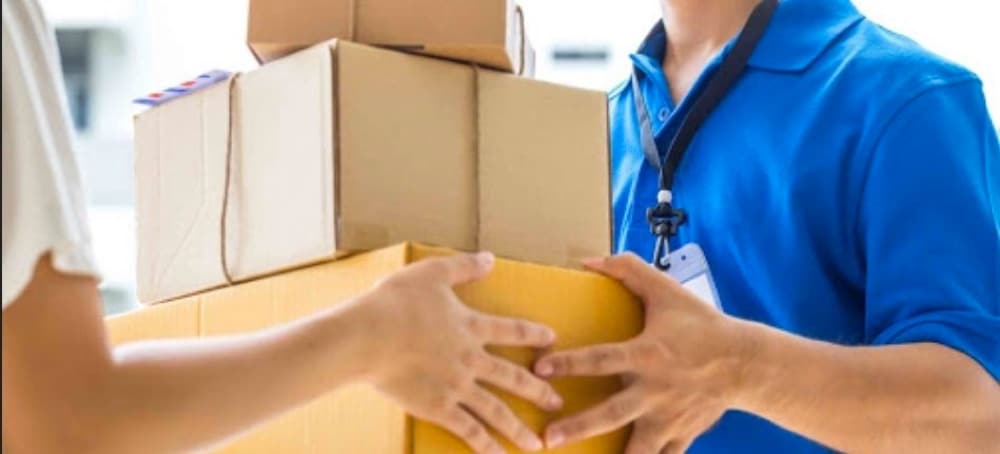
Think of these choices as a safety and control dial. Use the following logic when you plan a shipment:
1. Compliance sensitivity (what are you shipping?)
- Regulated categories like food, cosmetics, or certain electronics require strict documentation and certifications. If you’re in these categories, avoid “gray-area” DDP promises. Choose DAP or FOB so you or your broker can control import compliance. The allocation of import responsibilities under DAP vs. DDP is outlined in ICC Academy’s 2020 guidance.
2. Shipment size and urgency (how big, how fast?)
- As a rule of thumb for beginners, air freight is sensible for smaller or urgent shipments (≤300 kg). Ocean becomes cost-effective for larger volumes (often >1–2 CBM). But remember, air bills by chargeable weight, which can be higher than actual weight due to dimensional (volumetric) weight. See formulas in the FedEx general packaging guide showing a 139 divisor and the DHL explanation of volumetric weight.
3. Destination rules (what does the destination require?)
- U.S. ocean shipments require an Importer Security Filing (ISF, “10+2”) at least 24 hours before loading at origin; it’s a must-do for compliance and to avoid holds. See the official CBP — Importer Security Filing (ISF) 10+2.
- For EU B2C parcels up to €150, the Import One‑Stop Shop (IOSS) lets sellers collect VAT at checkout and declare monthly—reducing import delays for customers. See the European Commission — Import One‑Stop Shop (IOSS).
When DDP is really feasible:
- EU: The importer of record is generally an EU-established entity or a party that can lawfully appoint representation and handle VAT obligations. If a seller can’t meet those requirements, DDP may not be workable; DAP/FOB can be safer. See EU guidance on customs and VAT responsibilities via Access2Markets — Customs clearance documents and procedures and the U.S. Commercial Service overview of EU VAT obligations.
- U.S.: A foreign seller can be the Importer of Record if properly registered (e.g., importer number via CBP Form 5106) and working with a licensed broker, but that comes with legal obligations. See CBP — Tips for new importers.
Simple takeaway:
- If the product is highly regulated or your seller can’t act as a compliant importer, choose DAP or FOB.
- If it’s small/urgent and compliance is straightforward, air with DDP can be convenient—provided DDP is truly legal in that lane.
- For larger, heavier shipments, FOB + destination clearance often yields better cost control.
Budgeting the real “total landed cost” (hidden fees you should expect)
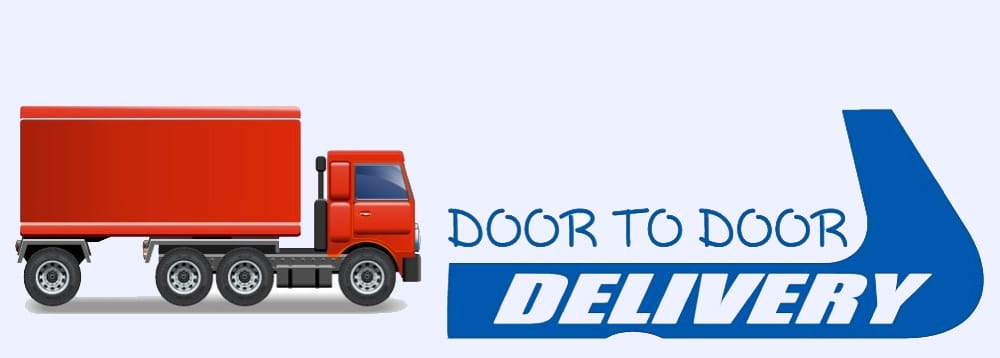
Let’s be honest: quotes rarely include every add-on. Here are common extras and typical ranges so you can budget realistically. These are examples and can vary by port, carrier, and season—always confirm with your forwarder or carrier.
Dimensional (volumetric) weight for air/express
- Carriers bill the greater of actual weight or volumetric weight. Example divisors: 139 (in/lb) per the FedEx general packaging guidelines, and 5,000 (cm/kg) in the DHL volumetric weight guide. If you don’t measure cartons accurately, your bill can jump.
Remote/extended area surcharges (express, last mile)
- Express carriers and some LTL providers add fees for remote destinations. The amount varies—check current carrier rate guides.
Amazon FBA appointment and palletization admin
- Amazon requires delivery appointments for most LTL/FTL/FCL inbound shipments; carriers book these via Carrier Central. See Amazon — Book a delivery appointment. Amazon itself typically doesn’t charge an appointment fee, but carriers/3PLs often bill administrative handling. Many shippers see $50–$150 per shipment for appointment/admin handling and $10–$30 per pallet for basic palletization or rework at a 3PL. Verify with your provider. Also review Amazon — Seller requirements for LTL/FTL/FCL deliveries for pallet and labeling basics.
Customs exams (U.S. ocean imports)
- X-ray/NII exams commonly cost a few hundred dollars; intensive exams (devanning) can exceed $1,000 once handling and storage are included. A practical example range is discussed in the Freightos US Customs overview.
Port storage, demurrage, and detention
- After “free time,” charges can accrue quickly. In major U.S. ports, demurrage examples start around $150–$200+ per day for a 20’ (higher for 40’), though rates vary by terminal and carrier. See the Hapag-Lloyd USA demurrage schedule example (2025). The Federal Maritime Commission explains that demurrage/detention should follow an “incentive principle” and be billed fairly; see FMC — Guidance on detention and demurrage.
Final-mile accessorials
- Liftgate, inside delivery, residential surcharges, appointments at tight facilities—these are standard LTL add-ons. Ask carriers to itemize them in quotes.
Pro tip: Add a 5–10% buffer to your cost model to cover these variables. It’s a small cushion that prevents big headaches later.
Documents and compliance: the “don’t skip” checklist
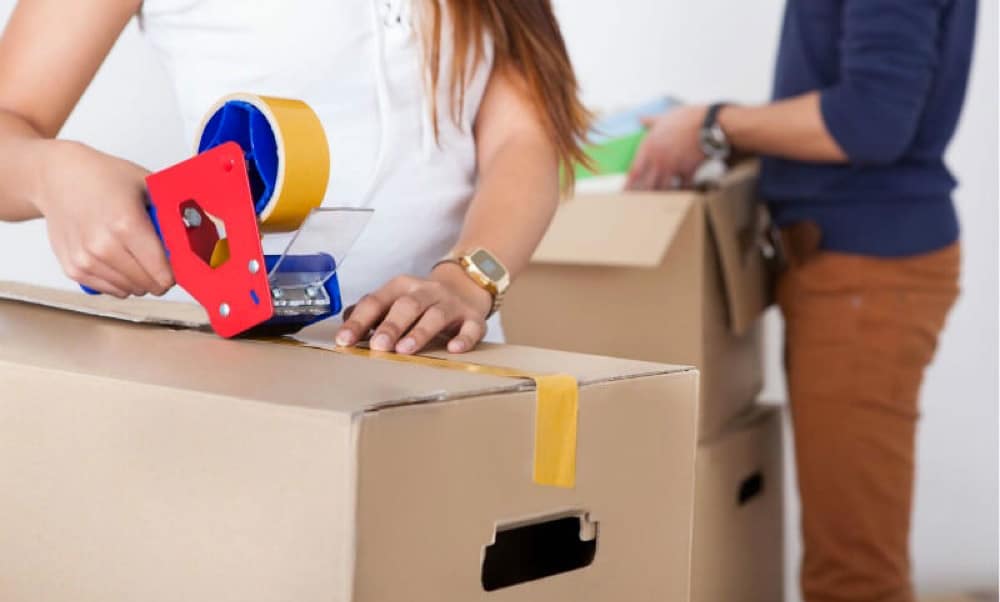
Getting customs right is less about luck and more about preparation. Here’s a practical pre-shipment checklist:
HS code verification
- Don’t guess. Validate the HS code using your product’s materials and specs; keep a short rationale in your file. This drives duty rates and compliance.
Core documents
- Commercial invoice (accurate description, HS code, value, Incoterm, shipper/consignee)
- Packing list (true net/gross weights and carton dimensions)
- Certificates and compliance documents as applicable (FDA for certain U.S. goods, CE/UKCA/RoHS for applicable products, battery MSDS, etc.)
- Origin marking correct on products/packaging per country rules; see CBP — Marking of Country of Origin
U.S.-bound ocean shipments (ISF)
- Confirm who files the ISF and ensure it’s submitted at least 24 hours before loading at origin to avoid holds; see CBP — Importer Security Filing (ISF) 10+2.
EU B2C shipments ≤ €150
- Consider using IOSS to collect VAT at checkout and speed up delivery; see the European Commission — IOSS portal.
Pre-advice and pre-clearance
- Share documents early with your forwarder/broker; they can often pre-clear or at least pre-validate entries, reducing storage risk.
FBA/Shopify pitfalls (and how to avoid them)

Even experienced sellers trip up on these—here’s how to stay ahead:
Appointment required means appointment required
- Non-partnered carriers heading to Amazon fulfillment centers must book before delivery; shipments without appointments can be refused. See Amazon — Book a delivery appointment. Build 1–3 extra days into your plan, especially in peak season.
Pallet and labeling basics matter
- As a baseline, expect pallets to be stable, wrapped, and clearly labeled (often four labels per pallet, one per side), with typical pallet height limits around 72 inches unless otherwise permitted. Confirm details for your marketplace and FC in Amazon — LTL/FTL/FCL requirements.
Volumetric weight surprises on express/air
- Calculate both actual and dimensional weight before you book to avoid re-rated bills. The dimensional method is explained by FedEx (139 divisor) and DHL (volumetric weight guide).
Demurrage/detention and warehouse rework
- If customs pulls your container for exam or your pallets don’t meet FC standards, timelines slip and costs rise. Track “free time,” and if you believe charges violate fair billing principles (e.g., pickup was impossible), refer to FMC detention/demurrage guidance.
A real-world hiccup (and how to prevent it next time)
Scenario: An Amazon FBA shipment moved via DDP ocean. On arrival, customs flagged an incorrect HS code. Result: cargo hold, back taxes, and accumulating storage.
Root cause: The supplier guessed the HS code and no one verified it pre-shipment.
Prevention checklist for next time:
- Confirm HS code with supporting specs and keep a short rationale in your file.
- Ask the supplier for detailed packaging/material descriptions early and ensure the invoice matches them.
- Prepare your compliance documents in advance (e.g., CE for applicable electronics; FDA for regulated U.S. goods).
- Share documents early for pre-advice; buffer 3–5 extra days around port operations.
5-step beginner playbook (do this and you’ll be fine)
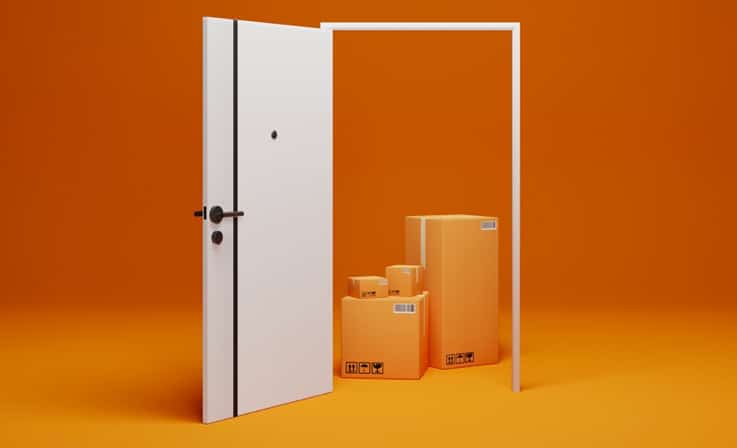
1. Confirm supplier packaging specs and HS code
- Get precise carton dimensions, net/gross weights, and materials. Validate the HS code now; don’t wait until arrival.
2. Choose the mode with a simple break-even mindset
- If it’s small/urgent (≤300 kg), consider air; if it’s larger (>1–2 CBM) and time-flexible, choose ocean. Always compute dimensional weight for air/express.
3. Prepare compliance docs
- Commercial invoice, packing list, applicable certifications (FDA/CE/UKCA, battery docs, etc.). Ensure origin marking is correct.
4. Pre-advice and pre-clearance
- Send all documents to your forwarder/broker before the cargo leaves. For U.S. ocean shipments, confirm the ISF filing is submitted on time.
5. Arrange final-mile delivery details early
- Confirm the site type (Amazon FC, 3PL, or residential). For FBA, ensure palletization/labels match policy and secure an appointment in advance.
Your logistics toolbox (neutral picks to help you execute)
- Flexport — An integrated digital forwarder with robust tracking; a good fit if you prefer a platform-based workflow.
- Freightos.com — A marketplace to compare instant quotes from multiple forwarders and optimize price vs. transit time.
- Maersk (incl. Twill) — Strong for ocean‑heavy lanes when you want carrier‑direct control and schedule reliability.
- DHL Express — Best suited for small, urgent shipments (<70 kg per piece) where speed and built‑in brokerage are priorities.
- Yansourcing — One‑stop China sourcing plus production management, QC/inspection, and FBA/Shopify‑compliant logistics with a dedicated 1‑on‑1 agent.
Tip: Whichever provider you choose, ask for quotes that list “potential extra charges” separately—appointment handling, remote area fees, rework/palletization, liftgate, and an exam/demurrage contingency.
FAQs (quick reality checks)
1. Is DDP always the easiest choice?
Not necessarily. If the seller can’t lawfully be the importer or handle VAT/clearance, DDP can fail in practice. Review the responsibilities in ICC Academy’s DDP vs. DAP explanation, and check destination rules.
2. What if I forget ISF on a U.S.-bound ocean shipment?
ISF must be filed at least 24 hours before vessel loading. Missing or late filings can trigger penalties and holds. See the official CBP ISF page.
3. I’m shipping small parcels to EU consumers—do I need IOSS?
It’s optional, but for shipments up to €150, IOSS lets you collect VAT at checkout and declare via one EU portal, improving delivery experience. See the European Commission’s IOSS page.
Next steps
- Pick your term (DDP/DAP/FOB) using the decision guide above.
- Build your quote request with itemized potential extras and a 5–10% buffer.
- Run the document checklist, verify HS codes, and share everything early for pre-clearance.
- If you want hands-on help coordinating sourcing, production management, quality control, and compliant door-to-door delivery to Amazon FBA or your 3PL, consider working with Yansourcing. We can help you plan, prepare, and move faster while staying compliant.
References for deeper reading
- DDP vs. DAP responsibilities: ICC Academy — Incoterms 2020: DAP or DDP?
- U.S. ISF 10+2 basics: CBP — Importer Security Filing (ISF) 10+2
- EU VAT for ≤€150 B2C parcels: European Commission — IOSS
- Dimensional weight examples: FedEx — General Packaging Guidelines (139 divisor), DHL — Volumetric weight guide
- Amazon inbound requirements: Amazon — LTL/FTL/FCL requirements, Amazon — Book a delivery appointment
- Demurrage/detention definitions and principles: FMC — Guidance on detention and demurrage, plus an example tariff: Hapag‑Lloyd — USA Port Demurrage (2025)
- U.S. importer basics and origin marking: CBP — Tips for new importers, CBP — Marking of Country of Origin
